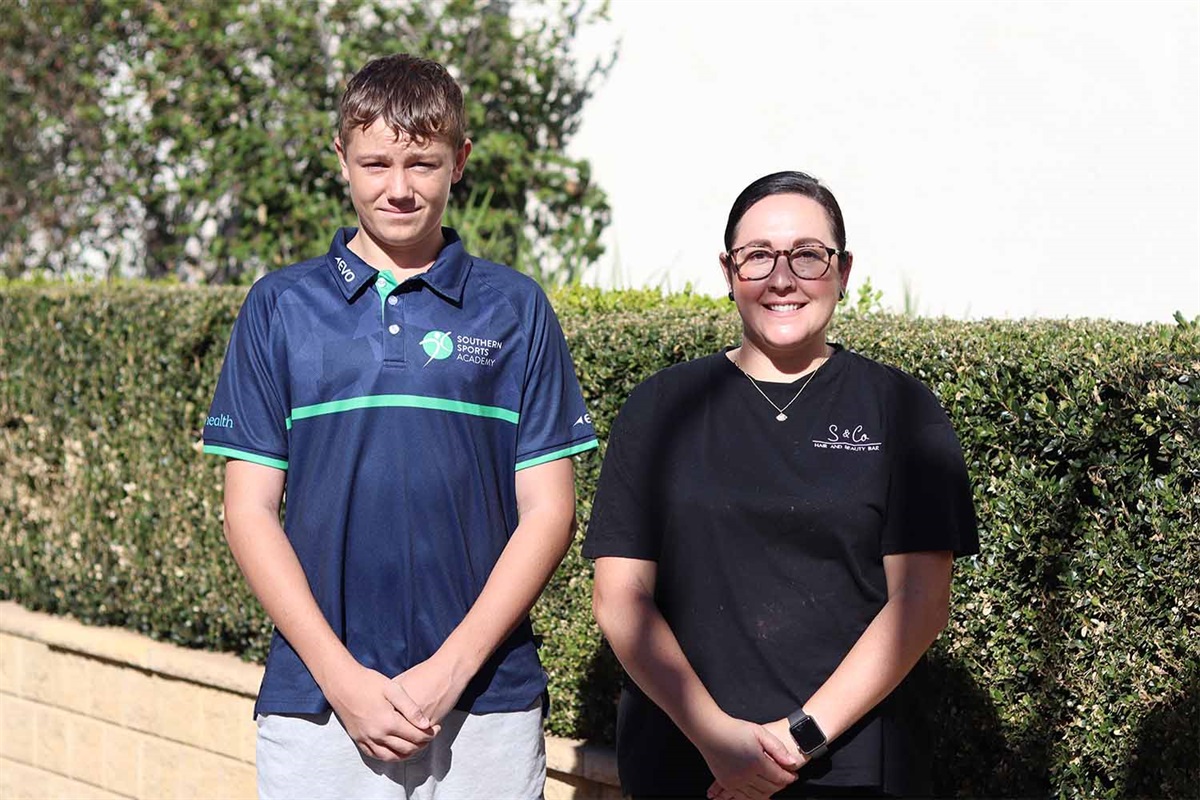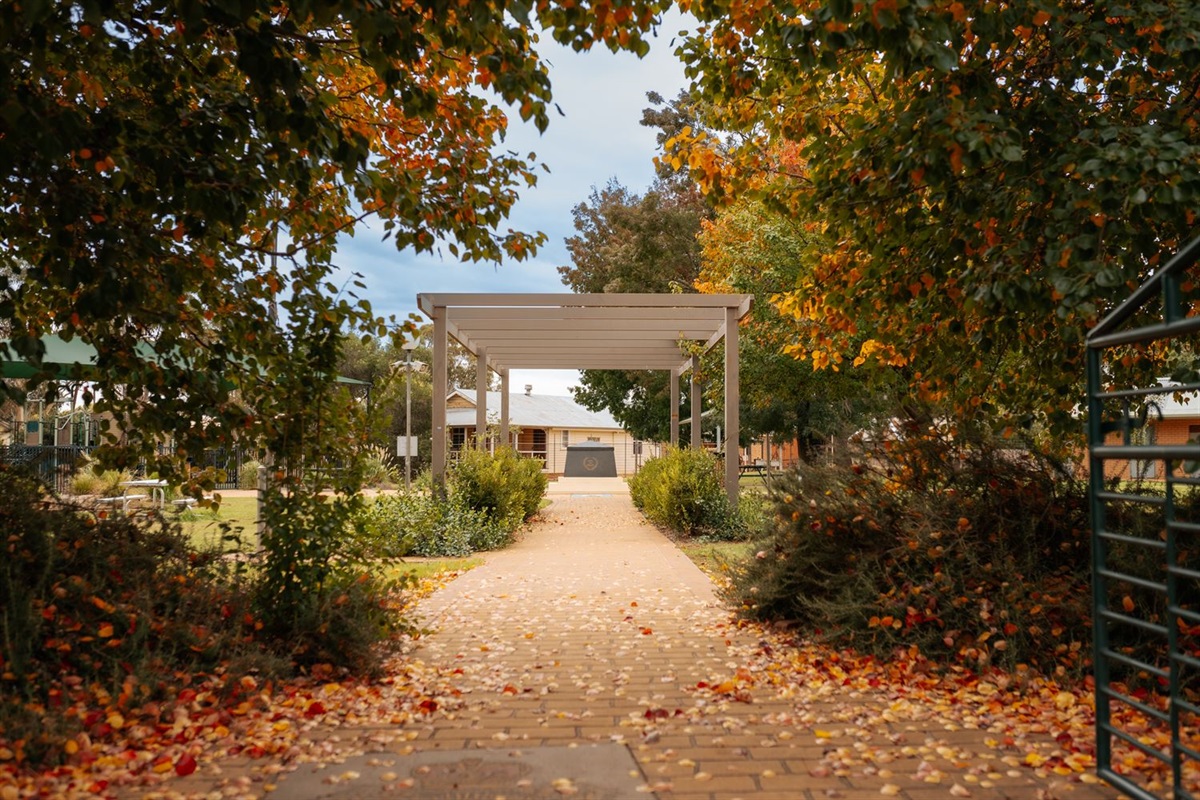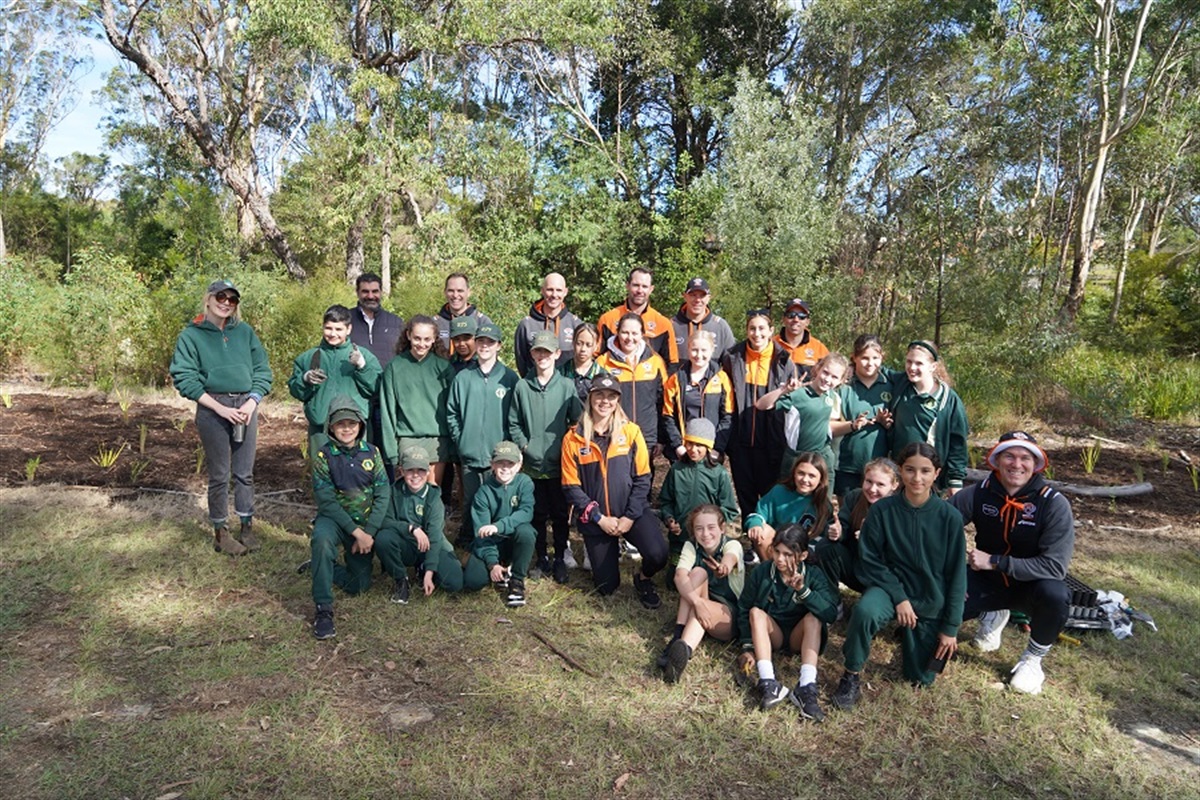Local specialist services, housing providers and council staff participated in the discussion, which considered the current drivers of homelessness in the region and issues for priority attention.
Mayor Jamieson acknowledged and congratulated all of the parties involved in what continues to be a collaborative approach to addressing the needs of people experiencing homelessness within our community.
Census data from 2016 showed an estimated 785 people on the Sunshine Coast were experiencing homelessness, representing an increase since 2011.
Services providers working on the ground every day indicated that fluctuating rates of homelessness contribute to the complexity of addressing the issue.
“Regardless of what the homelessness rates show, it is concerning to me if any person in our community does not have a safe place in which to live,” Mayor Jamieson said.
“While the State and Federal governments have responsibility for funding and supporting the delivery of housing and homelessness services, it is incumbent on all of us to recognise that this is a social issue that affects the people and communities that we all serve and that the best approach is one where we work together to achieve the best possible response.
“Council can play a role in advocacy to the other tiers of government and the human services sector on the resourcing and service responses that are most likely to deliver what is needed for people experiencing homelessness in our community.
“The roundtable today has helped to inform how council can best continue to advocate on behalf of the work being done by government agencies, community services and housing providers.
“From here we will assess whether any refinements are needed to the draft Community Strategy 2019-2041, which should be considered by Council next month.”
Some of the key actions that came out of the roundtable that will now be progressed include:
• Engaging with commercial property owners and investors to highlight opportunities for collaborative responses (eg. alternative utilisation of underutilised or vacant commercial premises)
• Examining options for the utilisation of existing publicly owned buildings and facilities to provide crisis and/or short-term accommodation options for people experiencing homelessness, using the model for Community Recovery Centres as a possible option
• Exploring opportunities to simplify and streamline planning requirements to better facilitate the re-purposing of buildings and facilities for the provision of crisis accommodation
• Investigating options to better connect people experiencing homelessness with skills development and employment options and
• Continuing the dialogue between all parties involved to better understand pressure points and arrive at solutions – with the group agreeing to meet again within six months.








